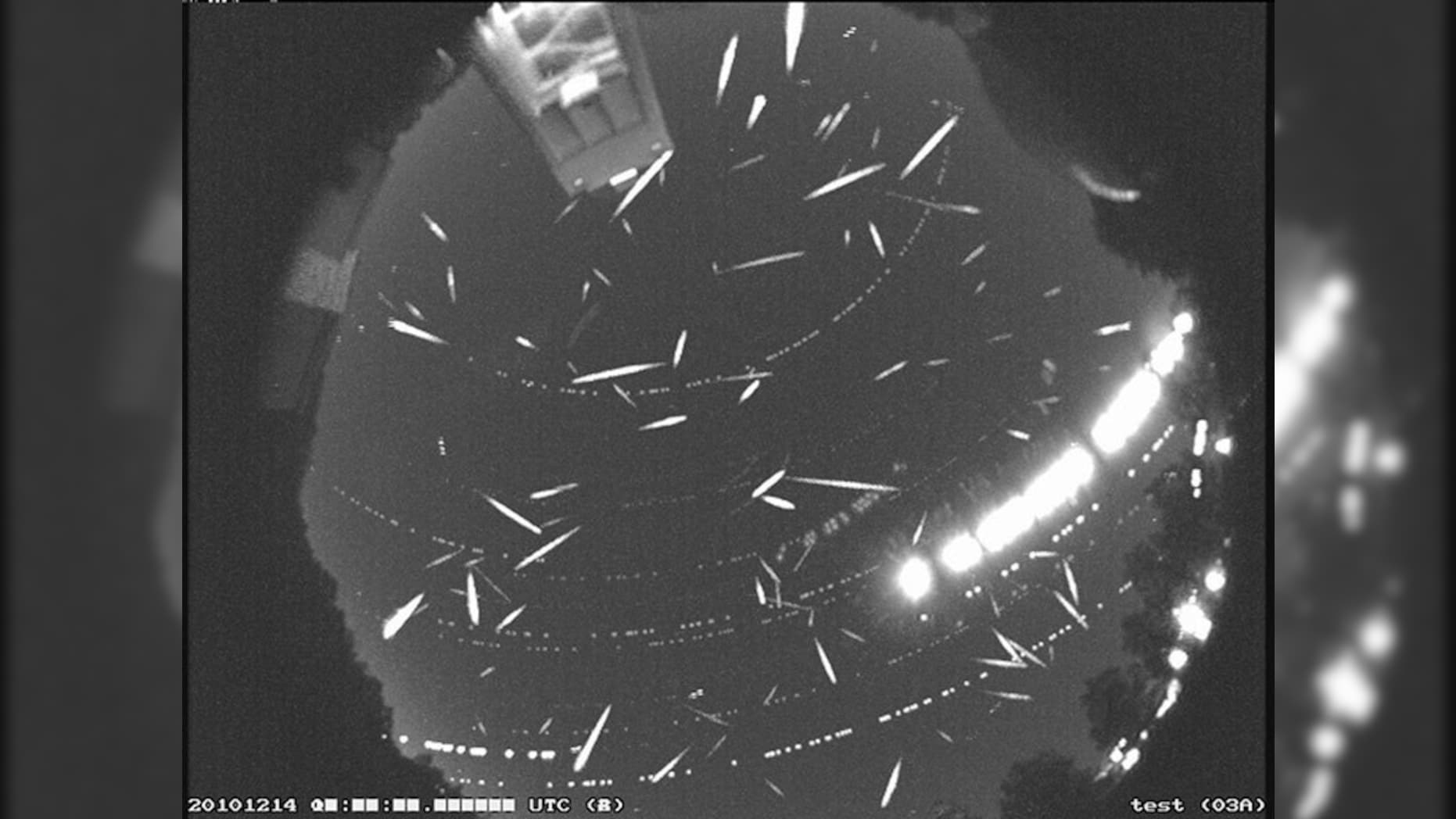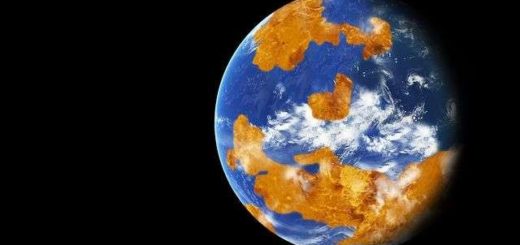Geminid meteor shower is coming: what to know

The Geminid meteor shower is the last one of the year and it’s set to give stargazers a great show, experts say.
It’s expected to peak in the evening hours between Dec. 14 and Dec. 15, changed from a peak between Dec. 13 and Dec. 14 due to weather, according to NASA. There were a “decent spattering of meteors in the preceding nights (December 11-12 and December 12-13) as well,” EarthSky wrote on its website.
“The Geminids are a very reliable shower if you watch at the best time of night, centered on about 2 a.m. for all parts of the globe, and if you watch in a dark sky,” EarthSky added. “The meteors tend to be bold, white and quick. This shower favors Earth’s Northern Hemisphere, but it’s visible from the Southern Hemisphere, too. The curious rock comet called 3200 Phaethon is the parent body of this shower.”
At the peak of the shower, approximately 120 Geminid meteors can be seen per hour, according to NASA. “The Geminids are bright and fast meteors and tend to be yellow in color,” the space agency wrote on its website.
EarthSky added that it’s best to view the Geminids around 2 a.m., as that is when the meteors “seem to radiate” because the shower’s radiant point is highest in the sky. However, they can be seen as early as 9 p.m. or 10 p.m., giving an opportunity for young viewers to also see the show, NASA added.
Geminid meteors are rocketing through the Solar System at approximately 79,000 mph and have been known to produce fireballs in the past.
How are meteors formed?
A meteor forms when a meteoroid, a type of space rock that breaks off from an asteroid — a rocky body orbiting the sun — enters Earth’s atmosphere. As soon as the space debris crosses over, it breaks down into what scientists call a “meteor,” which then vaporizes and — as a result of friction — appears as a bright streak of light in the sky.
“Because of their appearance, these streaks of light some people call meteors ‘shooting stars,'” NASA explains in a blog post. “But scientists know that meteors are not stars at all — they are just bits of rock!”
Geminid meteors
Most meteor showers originate from comets, but the Geminid meteor shower actually originates from the aforementioned asteroid, 3200 Phaethon.
This asteroid, which could be a “dead comet” or a “rock comet,” according to NASA, takes 1.4 years to orbit around the sun. Unlike other comets, it does not have a tail and its spectra resembles a rock asteroid and the meteoroids that break up and form the shower are denser than cometary dust flakes, NASA explained.
It was first discovered on Oct. 11, 1983, and is named after the character in Greek mythology who drove Helios’ chariot.



 Creators of mankind
Creators of mankind Description of “Tall white aliens”
Description of “Tall white aliens” Where they came from?
Where they came from? About hostile civilizations
About hostile civilizations The war for the Earth
The war for the Earth “Tall white aliens” about eternal life
“Tall white aliens” about eternal life Video: “Nordic aliens”
Video: “Nordic aliens” Aliens
Aliens Alien encounters
Alien encounters The aliens base
The aliens base UFO
UFO Technology UFO
Technology UFO Underground civilization
Underground civilization Ancient alien artifacts
Ancient alien artifacts Military and UFO
Military and UFO Mysteries and hypotheses
Mysteries and hypotheses Scientific facts
Scientific facts


















